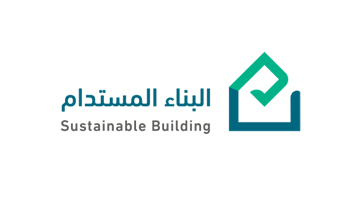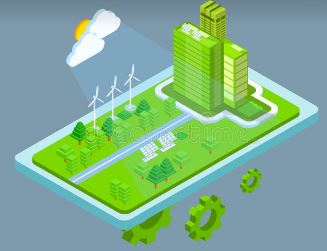
As a Part of our knowledge base broadcasting, here is another interesting topic which is buzz word in Sustainability Industry, especially with the recent COP 26 Conference in Glasgow, UK. Conserve intend to extend its support to individuals, small businesses and corporations to get closer to net zero buildings.
In this article we will discuss
- UN Sustainable Development Goals
- Contribution of net zero buildings towards UN SDGs
- Where different countries stand in achieving net zero goal?
- Key strategies to be adopted in achieving net zero building
- Various Green Building rating systems supporting net zero building
Before we deep-dive into the net zero building concept, let’s have an understanding about UN Sustainable Development Goals (SDGs), how the net zero building supports to achieve SDGs and how developed/developing countries are approaching the Net-zero/Carbon neutral targets.
Glance at UN Sustainable Development Goals (SDGs):
Due to industrialization and human emissions, the amount of Green House Gas (GHG) emission into the earth’s atmosphere is going high at enormous rates. Since 2015, 190 plus countries have signed the Paris Agreement. The goal of this agreement is to limit global warming to well below 2 degrees Celsius and preferably 1.5 degree Celsius. As per the United Nations (UN) report to meet these goals, global CO2 emission should be reduced by 45% in 2030 from 2010 levels and reach net zero emissions by 2050.
United Nations have come up with Sustainable Development Goals (SDGs), which is officially adopted by 193 UN member countries. The SDGs are developed more focused on Environment and People centric. And it has total of 17 goals to achieve as shown in the below picture.

Net Zero Building Supports SDGs:
The concept of Net-zero is either directly or indirectly connected with various SDGs as listed below:
- SDG 7: Affordable and Clean Energy,
- SDG 6: Clean Water and Sanitation,
- SDG 11: Sustainable Cities and Communities,
- SDG 12: Responsible Consumption and Production,
- SDG 13: Climate Action and
- SDG 15: Life on Land.
In total of 193 UN member countries, 165 countries (includes developed & developing economies) are targeting to achieve SDGs through various policies, regulations, incentives, etc. within their administrative framework. The below picture from Sustainable Development Report 2021 (SDGs) shows the top 10 ranked countries out of 193 countries progressing towards to achieve the UN Sustainable Development Goals.
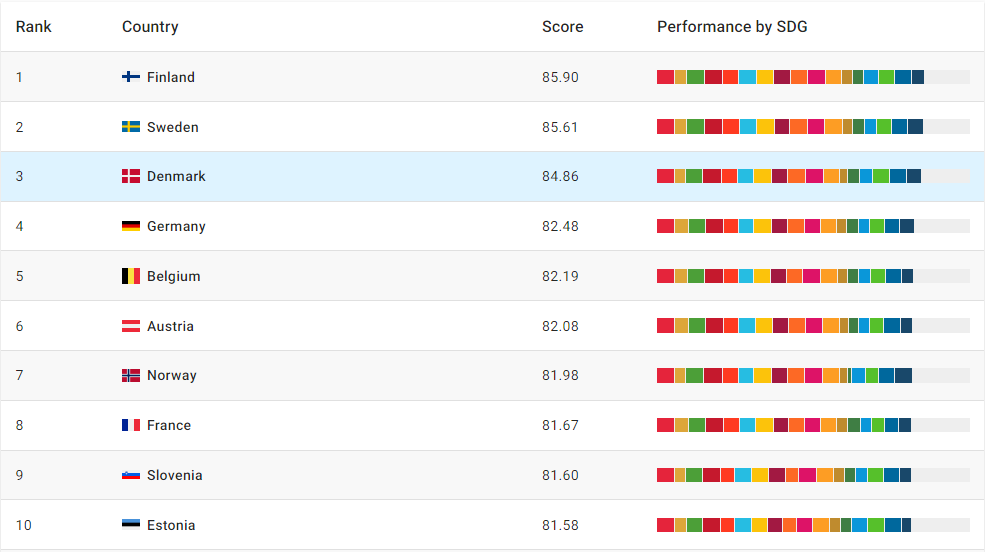
Following to the top 10 ranked countries, the below picture shows the SDGs performance ranking of economically developed and developing countries around the world.
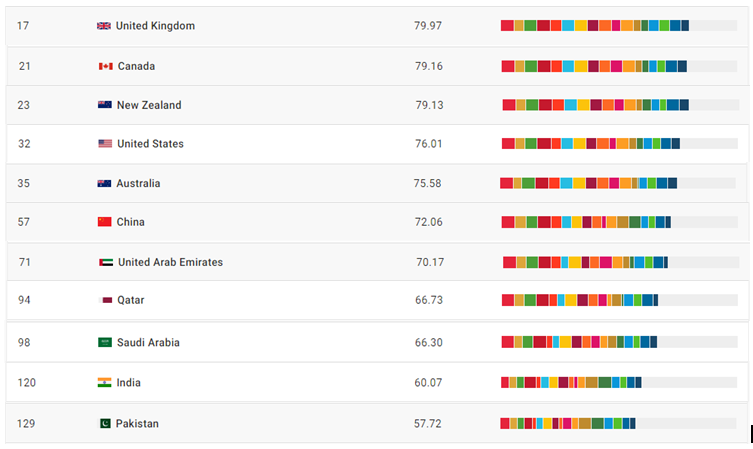
At this juncture, it is worth to note that India is currently ranking 120th with a recent pledge to achieve Net-zero status by 2070.
Key strategies being adopted towards achieving Sustainable Development Goals:
Still most part of the mankind is in urgent need to transform their daily habits, consumption patterns, industrial policies, etc. globally in order to thrive towards targeted SDGs. Most of the countries who are cruising ahead in the SDG race are following some of the strategies as follows:
- Investing in Education and Healthcare thereby promoting Awareness towards climatic decisions, improving Employment opportunities thereby reducing poverty, increase life expectancy, etc.
- Responsibly consuming the natural resources by reducing the demand on non-renewables, reducing associated pollutions and waste generation
- Decarbonizing and providing clean and affordable energy for all, through energy efficiency in existing setup and more renewables into the supply chain.
- Giving access to more nutritional food and clean water, this can be achieved through increase in agricultural productivity and protecting the ecosystem by saving the life on, above and below earth surface.
- Building smart cities through smart infrastructure, developments in-line with local and/or state regulation and codes, and high connectivity between cities to improve the mobility.
- Making use of technologies and innovations to support sustainable development, it may be through Artificial Intelligence, Nanotech, Internet and so on.
Having read about the importance and connections of Net-zero building with SDGs, for the next 10 min we are going to read more detail through below topics:
- What is a Net Zero Building?
- Rating systems recognizing Net-zero concepts
- Market Leaders Commitments towards Net Zero
At the present stage, the environment & natural habitat is heavily affected due to elevated carbon emissions, piling up of waste generated on landfill sites, high energy usage from non-renewable resources, etc. Governments & Institutions are bringing in legal regulations and frameworks to address this threat by mandatory compliance towards sustainability targets to scrutinize the cause which includes rating systems, carbon tracking and offsetting, responsible sourcing policies, Net-zero compliance, etc.
What is a Net Zero Building?
A net zero building is one that has zero residual carbon emission during its constructional and operational stage till the end-of-life cycle by incorporating four pivotal strategies in the buildings, such as Net Zero Energy, Net Zero Water, Net Zero Waste and Net Zero Carbon.

Net Zero Energy
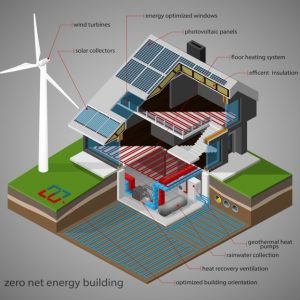
Designed to have lowest energy demand, high energy efficiency during its operation and the energy requirements are met through renewable energy sources
Net Zero Water

Designed to consume less water, use treatment & reuse strategies and return water to the original water source
Net Zero Carbon
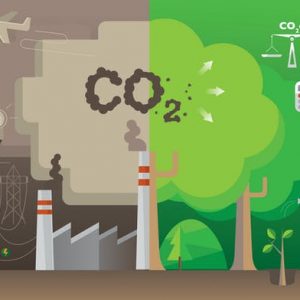
Designed to have on-site or off-site renewable energy sources to reduce carbon emission from building operation energy usage and reduce embodied carbon emission from building materials and construction
Net Zero Waste
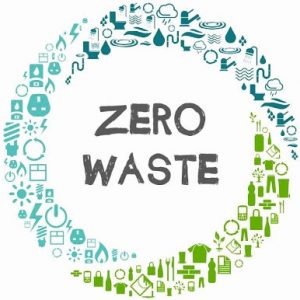
Designed with three basic principles, Reduce Waste generation on-site, Reuse Materials and Recycle the Waste generated on-site thereby diverting waste disposal from landfills
Image 5: Net Zero Energy, Water, Carbon and Waste (Image Source: dreamstime.com)
Rating systems recognizing Net-zero concepts
-
- Indian Green Building Council (IGBC) – Net Zero Energy Buildings and Net Zero Water Buildings
- Leadership in Energy and Environmental Design (LEED) – Zero Energy, Zero Carbon, Zero Water and Zero Waste
- International Living Future Institute (ILFI) – Zero Energy and Zero Carbon
- Canadian Green Building Council (CGBC) – Zero Carbon
- TRUE – Zero Waste rating system
- Green Building Council South Africa (GBCSA) – Net Positive which includes Carbon, Water, Waste and ecology
- Emirates Green Building Council (Emirates GBC) – Zero Energy and Zero Carbon
- New Zealand Green Building Council (NZGBC) – Net Zero Carbon
- Global Sustainability Assessment System (GSAS) – Carbon Reduction
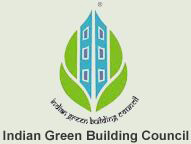
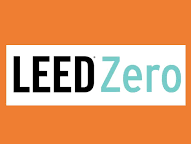

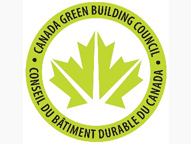
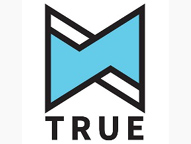
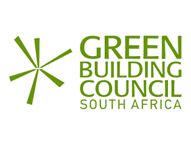
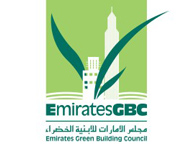
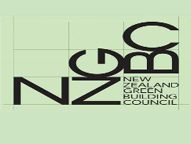
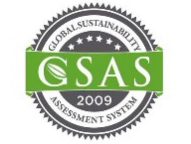
Image 6: Net zero buildings rating system (Image Source: google images)
Here are some Net Zero certified projects, such as ITC Windsor (India), Against Dirty Factory (Chicago), Euro Business Office Tower (Brazil) and Godrej & Boyce (India).

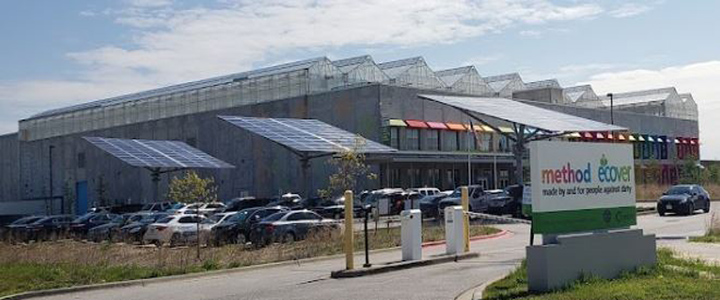
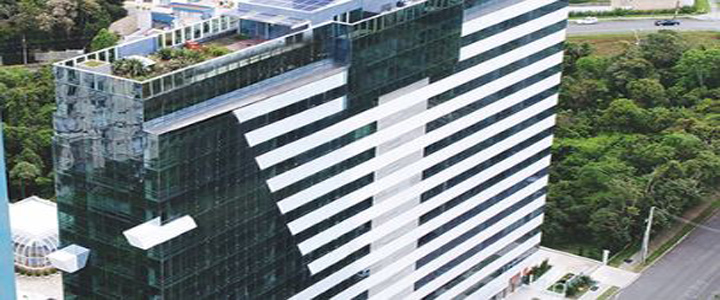
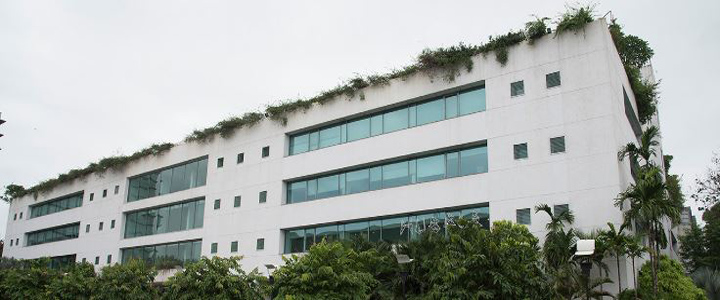
Fortune Making Companies stands on Net Zero
Any new technology/concept needs endorsement and adoption from the market leaders & corporate giants in order to attain global reach and mass adoption by next level of corporations and institutions. The following technology giants are committed to attain carbon neutrality on their business and manufacturing supply chain in future:
- Apple committed to become carbon neutral by the year 2030.
- Microsoft committed to become carbon negative by the year 2030.
- Amazon is targeted to become carbon neutral by the year 2040.
- Nike, Starbucks and Mercedes-Benz all together announced the creation of a consortium to share information on carbon reducing technologies.
Conclusion
Almost all the countries in this globe are racing to achieve the net zero emission by the year 2050, this sustainable development action globally will safeguard the humans from natural disasters and maintains earth as a safe & healthy place to live. By designing and constructing future cities as net zero will get us close to UN SDG’s. As an individual developer/government (Residential/Commercial/ Industrial building developers or owners) in a country should participate their projects in Net zero rating system available in their country or international rating systems.
Conserve Solutions will be happy to assist your projects. Our offices are located in India, UAE, Qatar, Saudi Arabia, Canada, United Kingdom, Egypt and Singapore.
Author


